As we transition toward a more sustainable and electrified future, innovation in battery manufacturing is playing a critical role. Batteries are at the heart of virtually every modern technological advancement— from electric vehicles (EVs) to renewable energy storage solutions, and even consumer electronics. However, as demand for energy storage continues to surge, the industry faces significant challenges: improving performance, lowering costs, and reducing environmental impacts. The good news? A wave of groundbreaking innovations is reshaping the battery manufacturing landscape, bringing us closer to solutions that can power a greener future.
1. Solid-State Batteries: A New Era of Energy Storage
One of the most talked-about innovations in battery technology is the development of solid-state batteries. Unlike conventional lithium-ion batteries, which use liquid electrolytes, solid-state batteries replace this with a solid electrolyte. This shift opens the door to several promising benefits:
- Higher Energy Density: Solid-state batteries can store more energy in a smaller, lighter package, which is crucial for applications like electric vehicles (EVs) that need both longer range and lighter weight.
- Improved Safety: The liquid electrolytes used in traditional batteries are flammable and prone to leakage. Solid-state electrolytes are not only non-flammable but also less likely to cause thermal runaway, a phenomenon that can lead to fires.
- Longer Lifespan: These batteries are less susceptible to degradation, meaning they can last longer and provide more cycles over their lifetime.
Companies like Toyota and QuantumScape are investing heavily in solid-state technology, and we’re seeing exciting progress. Toyota, for example, has announced that it aims to release a prototype solid-state battery in 2025, which could potentially revolutionize the EV industry.
2. Battery Recycling and Sustainability Innovations
With the rising demand for batteries, especially lithium-ion batteries, there has been growing concern about resource scarcity and environmental impact. The extraction of materials like cobalt, lithium, and nickel can be harmful to both ecosystems and human communities. Furthermore, the disposal of used batteries presents another set of environmental challenges.
In response to these concerns, companies are increasingly investing in battery recycling technologies. One such innovation is direct recycling, which allows batteries to be reused without breaking them down into their raw materials. This process is more energy-efficient and less polluting than traditional recycling methods.
For instance, companies like Li-Cycle and Redwood Materials are developing innovative methods to recover valuable materials from used batteries. Redwood Materials, co-founded by former Tesla CTO JB Straubel, focuses on recycling and remanufacturing materials to create a closed-loop system for battery production. This kind of circular economy approach could reduce the need for mining and significantly lower the carbon footprint of battery manufacturing.
3. Solid-State Lithium-Sulfur and Lithium-Air Batteries
While solid-state batteries are a leap forward, researchers are also experimenting with alternative chemistries that could outperform traditional lithium-ion batteries. Two promising candidates are lithium-sulfur and lithium-air batteries:
-
Lithium-Sulfur Batteries: These batteries are known for their potential to provide a much higher energy density than traditional lithium-ion batteries. Sulfur is abundant, cheap, and environmentally friendly, making lithium-sulfur batteries a highly sustainable option. Companies like Oxis Energy are working to commercialize this technology for applications ranging from aviation to electric vehicles.
-
Lithium-Air Batteries: Lithium-air batteries, which use oxygen from the air as a cathode, promise to offer even higher energy densities than lithium-sulfur. While they are still in the research phase, if successfully commercialized, they could potentially double the energy capacity of current lithium-ion batteries, making them ideal for long-range electric vehicles and grid-scale energy storage.
4. Next-Generation Anode Materials
A key focus of research in battery manufacturing is improving the performance of anodes, which play a crucial role in the battery’s ability to charge and discharge energy. The current standard for anode material is graphite, but researchers are investigating alternatives that could enhance the performance of batteries.
-
Silicon Anodes: Silicon is a promising candidate to replace graphite in anodes due to its ability to store more lithium ions. Silicon-based anodes can potentially increase the energy density of lithium-ion batteries by up to 50%, but challenges remain around silicon’s expansion during charging, which can degrade the battery. Companies like Sila Nanotechnologies are working on innovations that enable silicon anodes to be used effectively in large-scale manufacturing.
-
Graphene: Graphene, a form of carbon that is incredibly strong and conductive, has also garnered attention as a material for batteries. Researchers are exploring ways to use graphene in both the anode and cathode to increase battery performance. Companies like StoreDot and Skeleton Technologies are exploring graphene-based solutions to accelerate charging times and enhance battery life.
5. Artificial Intelligence and Automation in Manufacturing
Innovation isn’t just happening at the chemistry level—manufacturing processes are also evolving to improve the efficiency and scalability of battery production. Artificial Intelligence (AI) and machine learning are being leveraged to optimize battery designs, predict failures, and improve manufacturing quality control.
AI-powered technologies can now analyze vast amounts of data from battery performance tests to identify patterns and optimize production processes. This helps manufacturers minimize defects and reduce the time it takes to develop and bring new battery designs to market. Furthermore, automation technologies are streamlining production lines, making the process faster and more cost-effective.
6. Lithium-Ion Battery Manufacturing Process Innovations
While new chemistries and materials are certainly exciting, the continued improvement of lithium-ion battery manufacturing processes remains essential. Several companies are introducing new methods to speed up production while lowering costs:
-
Dry Electrode Technology: Traditional battery manufacturing requires the use of solvents to coat electrodes, which is both time-consuming and environmentally damaging. Dry electrode technology eliminates the need for solvents, resulting in a faster and more sustainable production process. Companies like OneD Battery Sciences are making strides in this area, reducing manufacturing costs and environmental impact.
-
3D Printing: The use of 3D printing in battery manufacturing is emerging as a tool for creating custom battery designs and prototypes quickly. This could be a game-changer for applications that require specialized energy storage solutions, such as wearables or IoT devices.
7. The Road Ahead
The innovation happening in the battery manufacturing sector is truly exciting and could pave the way for a more sustainable and energy-efficient world. Whether it’s the development of solid-state batteries, advancements in recycling technologies, or breakthroughs in anode materials, these innovations are setting the stage for the next generation of batteries.
However, there are still hurdles to overcome, particularly in scaling these new technologies for mass production and ensuring they can be manufactured at a price point that makes them accessible to consumers and industries alike. As research continues, collaboration between battery manufacturers, researchers, and policymakers will be crucial to accelerating the adoption of these new technologies and bringing them to market at scale.
Ultimately, the future of energy storage will rely on a combination of cutting-edge technology, more sustainable practices, and global cooperation to power the world’s transition to clean energy.



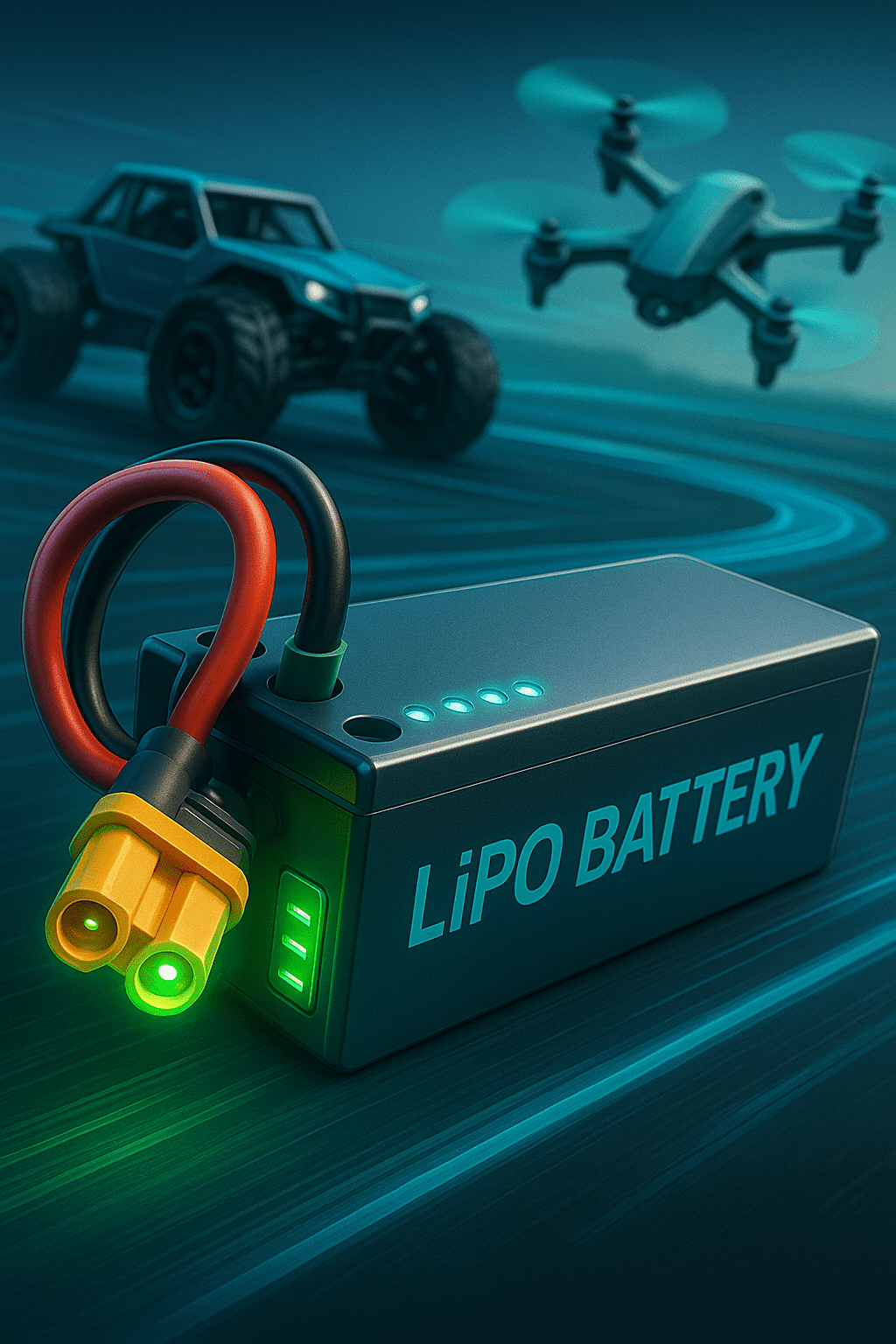
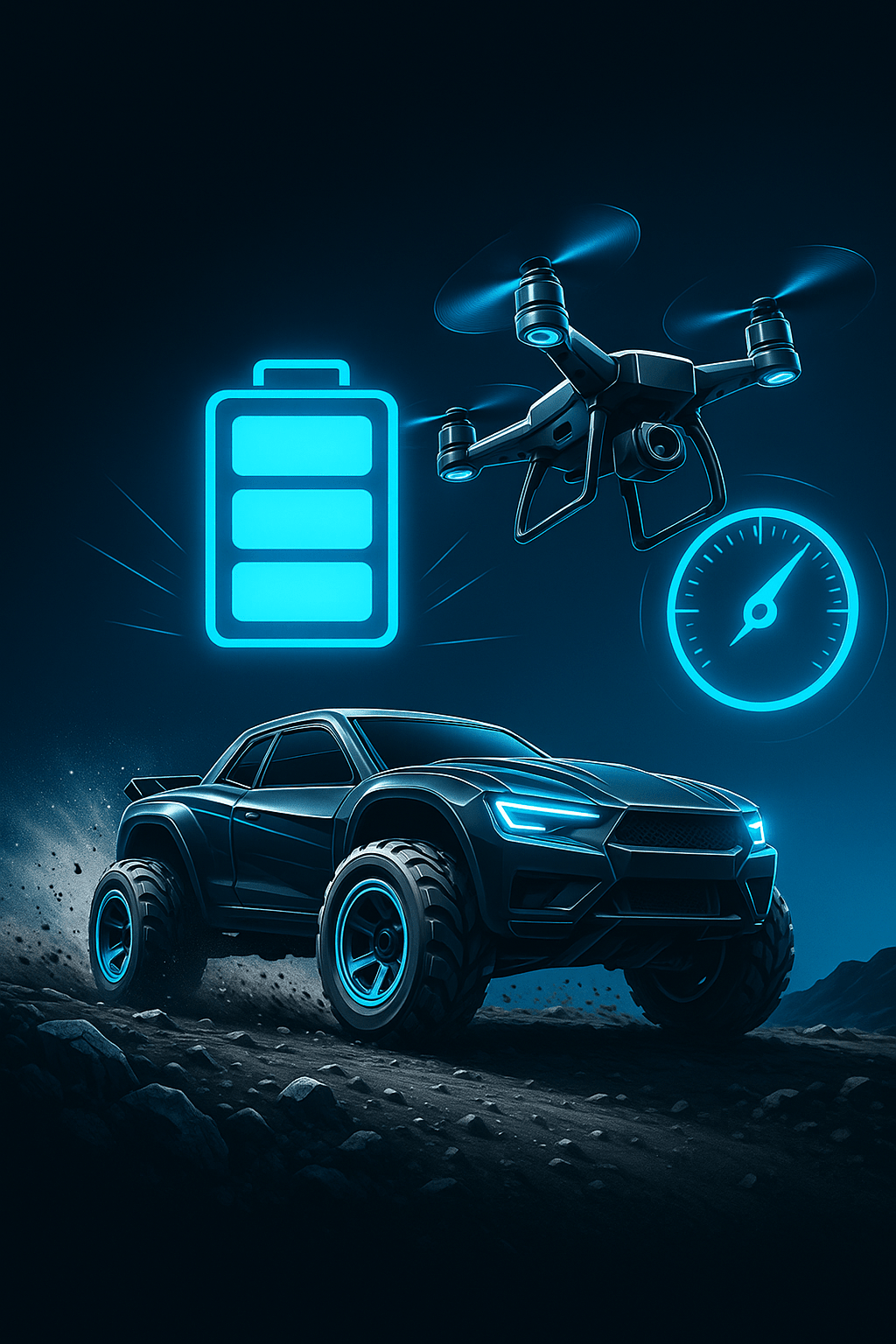

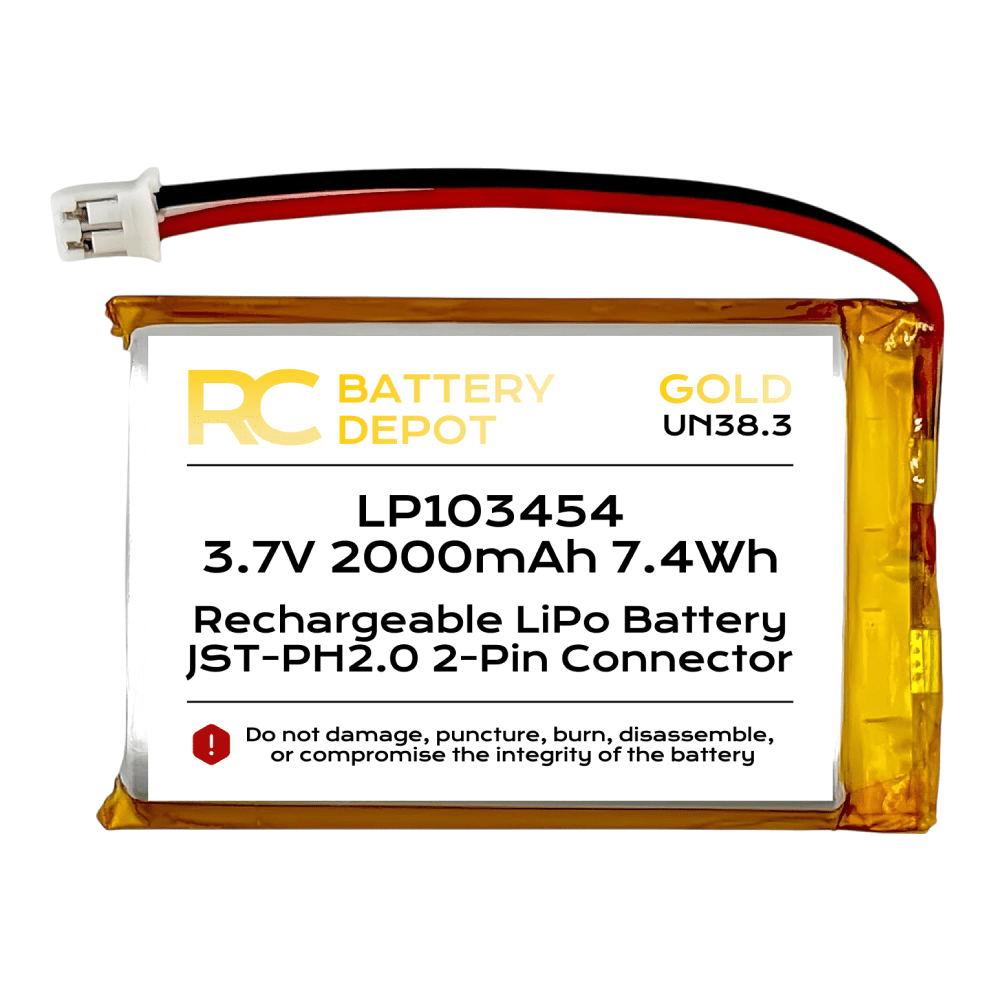
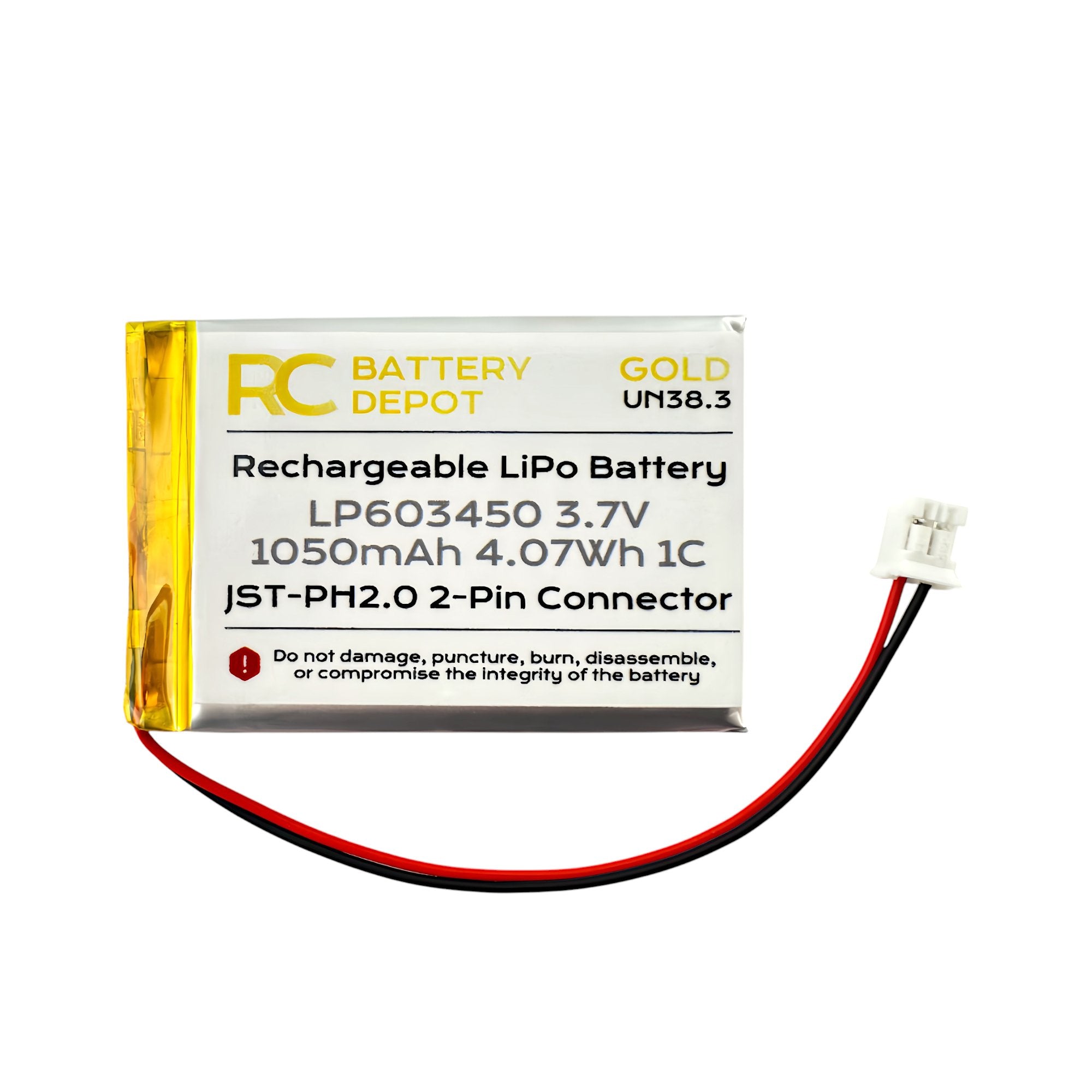
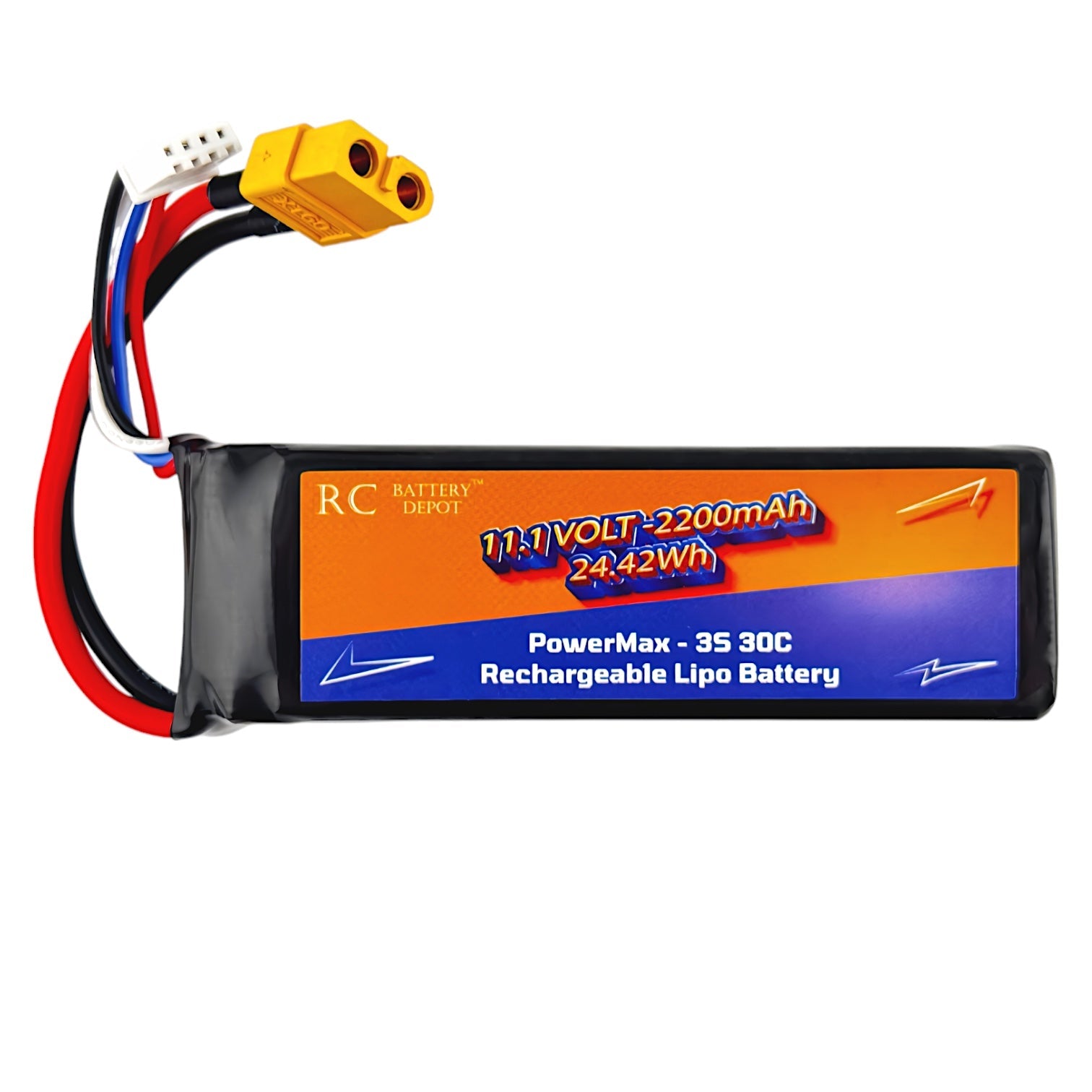
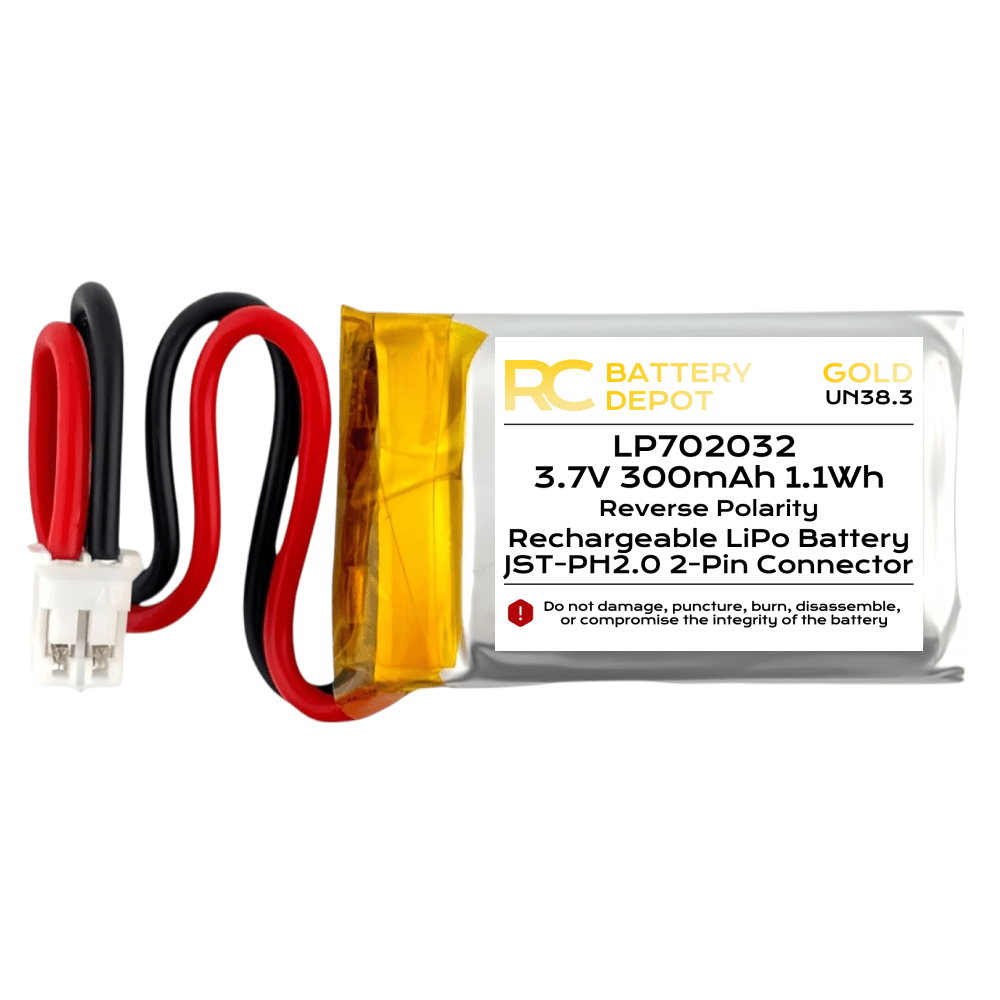
Share:
RC Trucks vs. RC Cars: What's the Difference and Which is Right for You?